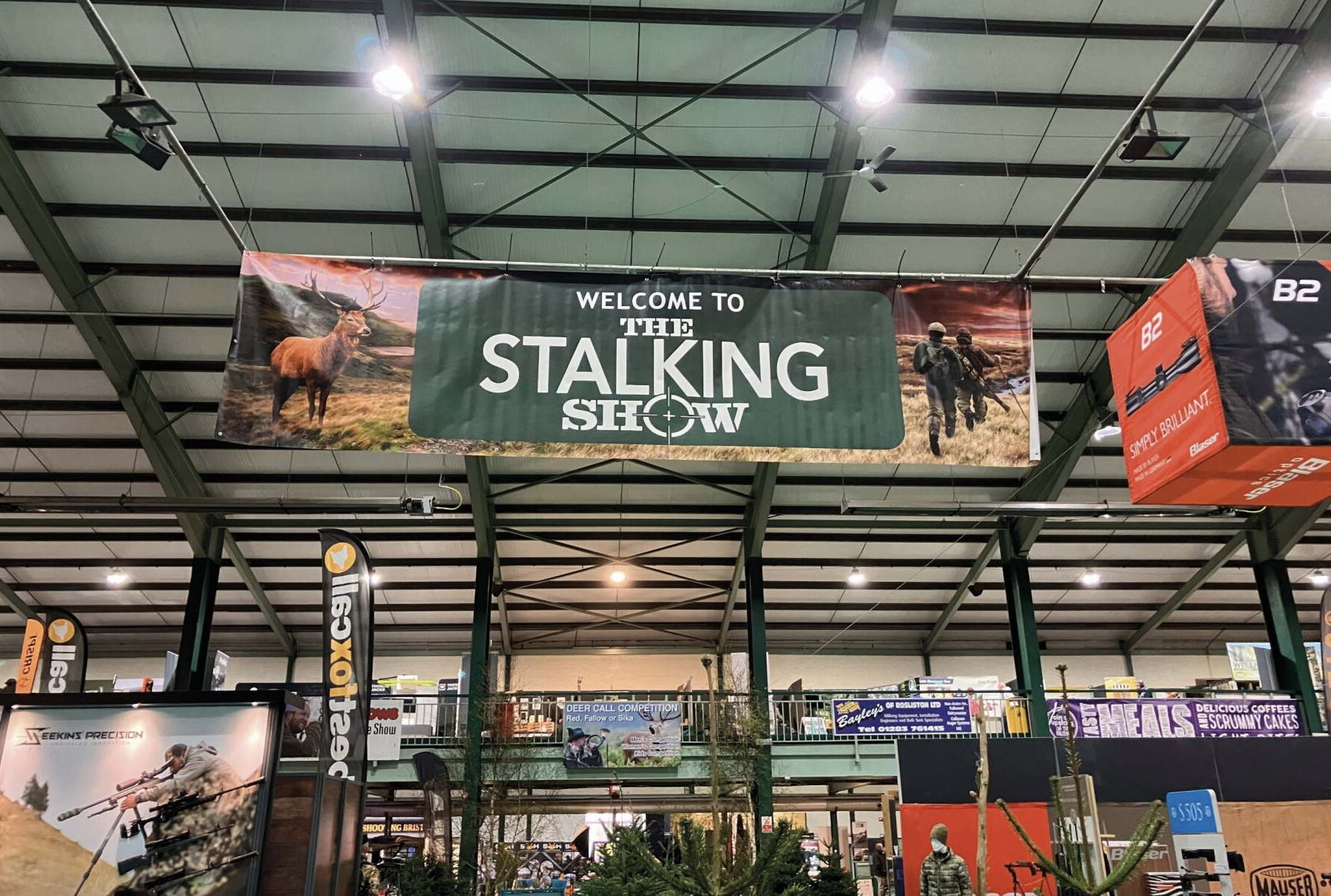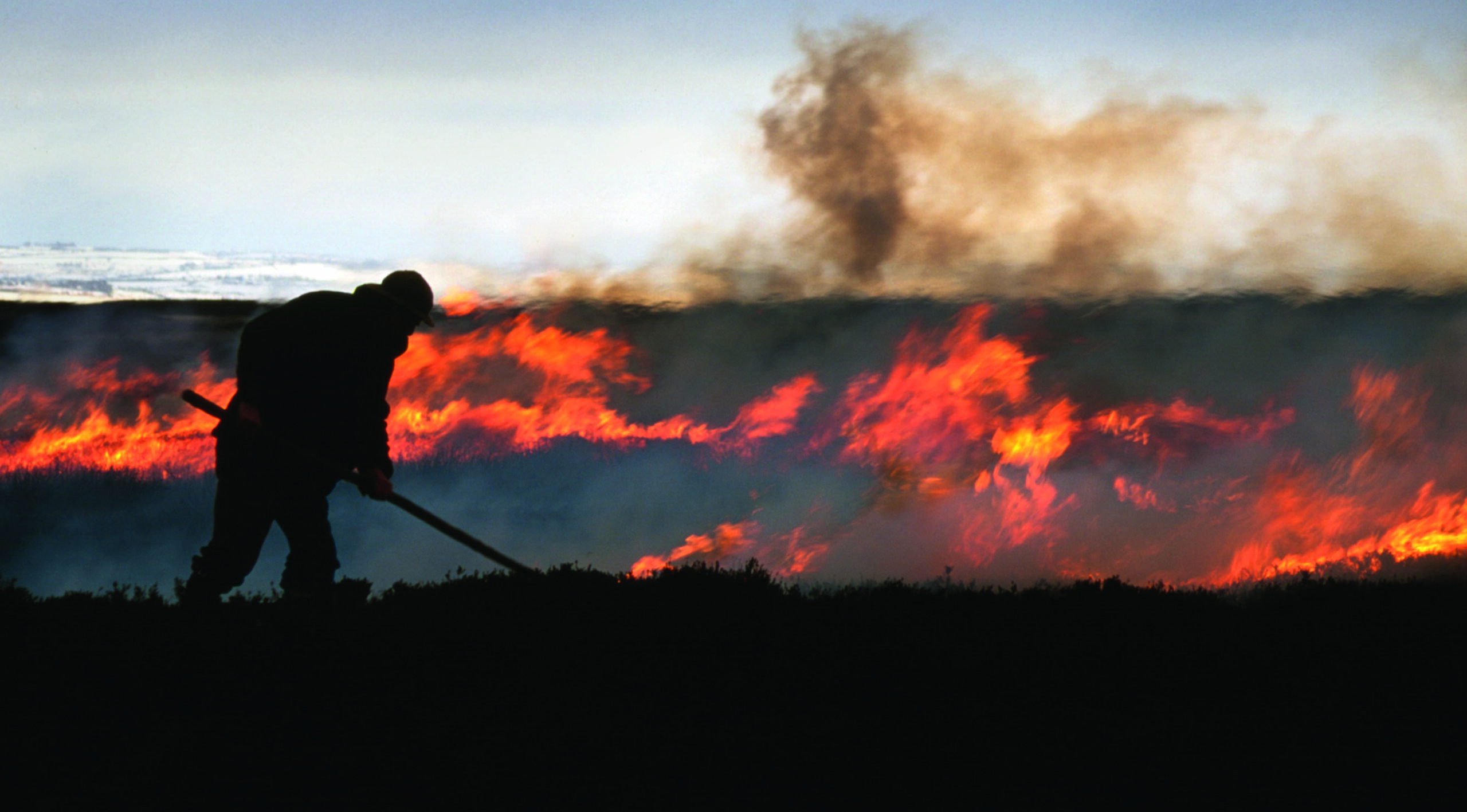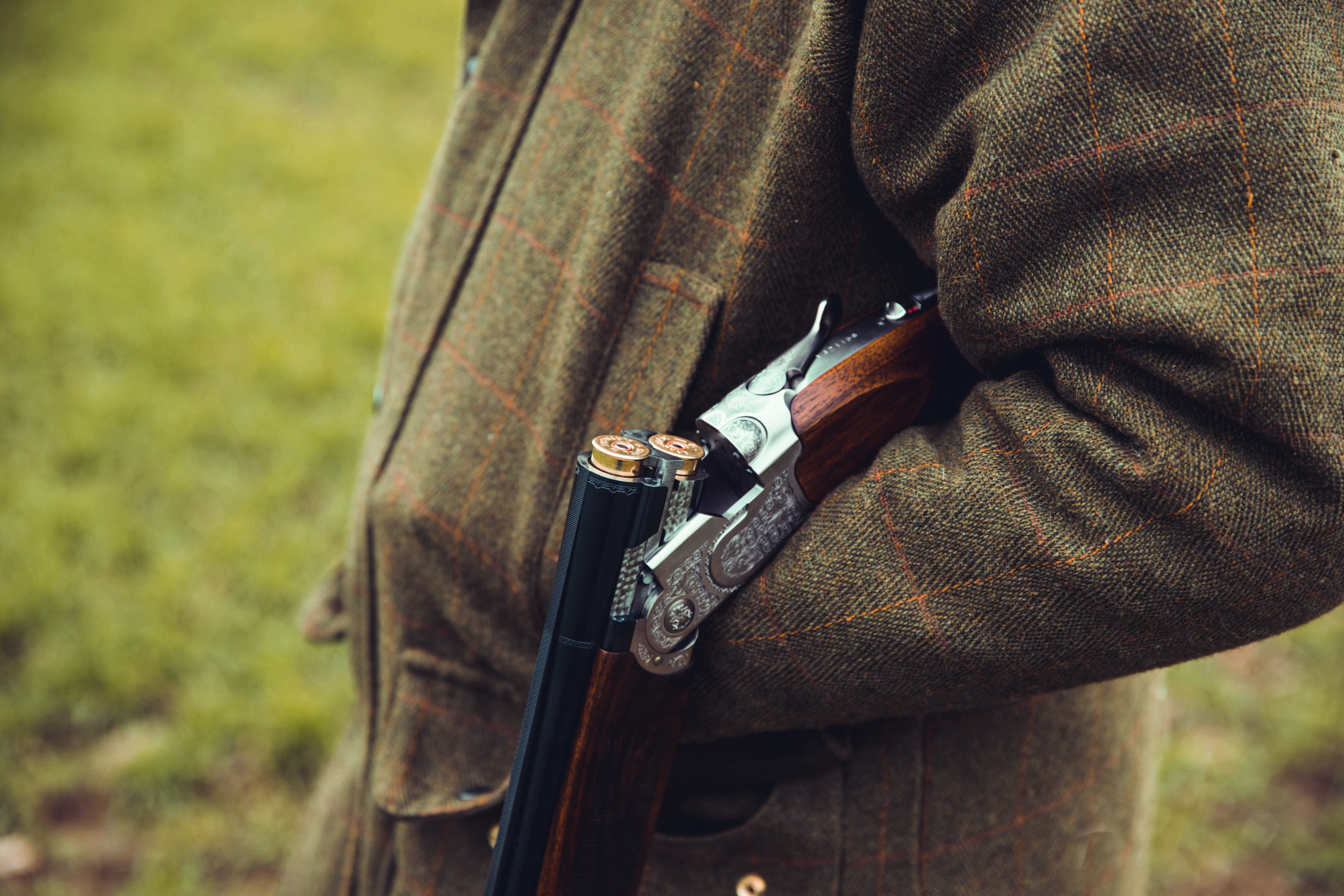RSPB Scotland digs into pest laws over non-native game
RSPB Scotland has questioned the legal basis of many shooters? predator control under the terms of the open general licence issued to protect stocks and populations of wild birds, arguing that ?most breeding and rearing projects that may seek to use this licence are concerned with the release of non-native gamebirds.?
The issue came to light in the charity?s recently published response to the Scottish Executive (SE) consultation on open general licences, which closed last month. The licences are daily relied upon by keepers and shooters to allow them to protect breeding stocks of gamebirds, including pheasants and redleg partridges, many of which, the RSPB contends, are introduced non-native species and not the ?wild birds? the licences are intended to protect under EU and UK law.
Under the EU?s Birds Directive, member states are granted derogations to control certain bird species by open general licence for purposes such as protecting stocks of wild birds or maintaining public health. RSPB Scotland?s response to the SE consultation on amendments to the open general licences stated: There is a further question whether it is legitimate to issue a licence to kill Birds Directive Article 1 wild birds to protect wild, naturally occurring gamebirds when the actual purpose is to produce a shootable surplus of game and not to conserve wild gamebirds per se. We are unaware that the Birds Directive permits such
a derogation.
ST contacted RSPB Scotland to discover how its position sat with legitimate shooting interests. The charity?s head of species and land management, Duncan Orr-Ewing, was adamant the charity was not hostile to shooting, merely highlighting what it contends is an area of legal ambiguity.
RSPB Scotland also questions whether general licences are applicable for the protection of gamebirds, such as pheasants and partridges. Its argument centres on the fact that many of these birds are released, but fails to recognise that these measures also protect many other species and ultimately aid the repopulation of gamebirds. This is one of the stated aims of the EU legislation. It also fails to recognise that EU legislation permits the management of certain birds to protect ?flora and fauna?, of which pheasants and partridges are clearly part.?








